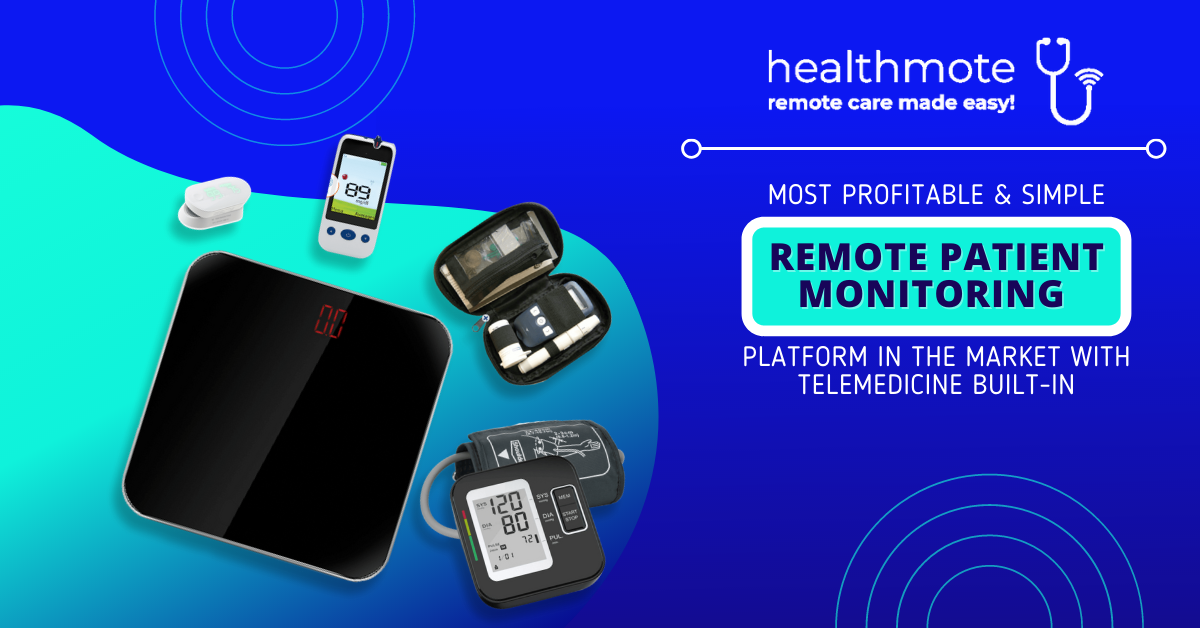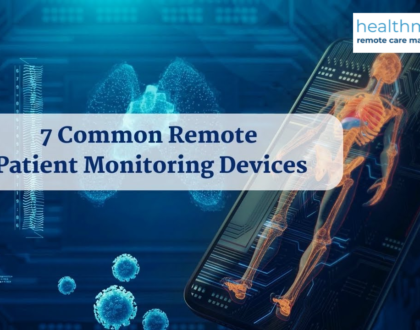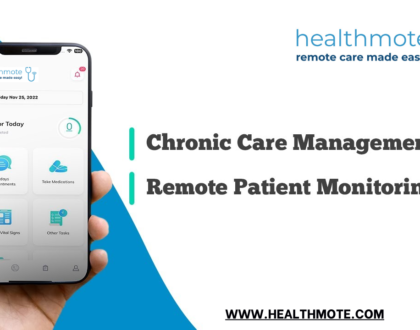
Medicare is now paying for Remote Patient Monitoring. Add $100K*/year to your practice
Remote Patient Monitoring, also known as Remote Physiological Monitoring allows a practice to monitor a patient’s vital signs without them coming to the office or sending them over email / patient portal. Manual submission of vitals measurement is not considered Remote Patient Monitoring. Real-time monitoring of vitals like Blood pressure allows healthcare providers to see the daily measurements and allow them to adjust medications armed with real data instead of just the reading they take during an office visit.
Remote Patient Monitoring allows the practice to remotely monitor the vital signs of patients with one or more chronic conditions Proactively provide treatment management services. Studies have shown pro-active monitoring of vitals leads to better outcomes. Now that Medicare and other insurances reimburse for the RPM service, it is the best time to introduce remote monitoring solutions in your practice.
Patients are provided with an internet-connected vitals device like,
Detailed training is also provided by our coaches on how to use these devices. The everyday patient takes their measurement and data is transmitted automatically to the practice portal where the in-house medical office staff and/or our care coaches can analyze them and reach out to the patients to help them achieve their goals. The systems also have an alerting mechanism that can send out email/SMS when a patient’s measurement is outside of what the practice determines as normal.
Remote Patient Monitoring
CPT Codes

CMS added these CPT codes in 2019
CPT code 99453 (Setup):
Remote monitoring of physiologic parameter(s) (eg, weight, blood pressure, pulse oximetry, respiratory flow rate), initial; setup, and patient education on the use of equipment.
CPT code 99454 (Device & Monitor):
Remote monitoring of physiologic parameter(s) (eg, weight, blood pressure, pulse oximetry, respiratory flow rate), initial; device(s) supply with daily recording(s) or programmed alert(s) transmission, every 30 days.
CPT code 99457 (Patient Engagement):
Remote physiologic monitoring treatment management services, 20 minutes or more of clinical staff/physician / other qualified healthcare professional time in a calendar month requiring interactive communication with the patient/caregiver during the month.
Frequently Asked Questions
Remote Physiologic Monitoring, generally known as Remote Patient Monitoring allows a practice to monitor a patient’s vital signs without them coming to the office or sending them over email / patient portal. Manual submission of vitals measurement is not considered Remote Patient Monitoring. Real-time monitoring of vitals like Blood pressure allows healthcare providers to see the daily measurements and allow them to adjust medications armed with real data instead of just the reading they take during an office visit.
Data such as, daily recording(s) or transmission are collected via RPM
Physicians and other qualified Healthcare professionals (QHCPs) can provide and bill for RPM. Clinical staff can furnish and manage RPM under the general supervision of the billing provider.
Any patient. With that said, a provider should only order/prescribe RPM if captured data is directly relevant to managing a patient’s condition(s) (i.e., medical necessity), with such justification documented in the medical record.
This program is the new standard of care that many Doctors are using & after the pandemic. This service helps Doctors monitor the hypertensive medical status of their patients. The BP parameters will be transmitted to the doctors computer in real time. Also, in the RPM service; patients will have a clinician( RN , LPN & MAs) available on a monthly basis. Clinicians will review BP readings and help patients with medical concerns or their lifestyle changes.
Although most of the payers cover RPM services, deductibles and copays are to be looked out for, for commercial insurances. Claims are sent to insurances for reimbursement based on the eligible daily recording(s) or transmission, one time set up and education on the use of the equipment, and monthly care management



